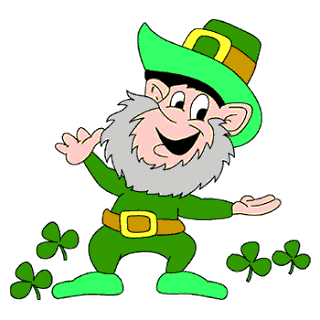
Leprechauns and St. Patrick's Day
Leprechaun ale also symbolic of Ireland. In Irish folklore,
they are small Irish
fairies,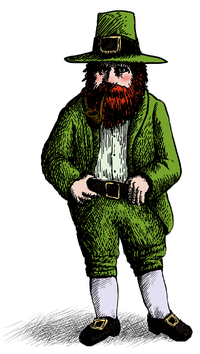 dressed like the bearded Keebler elves, about three feet
high, with pointed shoes green
vest and hat.
dressed like the bearded Keebler elves, about three feet
high, with pointed shoes green
vest and hat.
Key facts and traits
- They are mischievous and enjoys practical jokes.
- They wear a green (sometimes red) coat, hat, Spectacles on his pointed nose, Silver buckles to his hose, boots and a cobbler's Leather apron
- They are solitary, spending their time making and mending shoes and looking for gold
- Leprechauns have a pot of gold which they hide at the end of the rainbow.
- If captured by a human, a Leprechaun must grant three wishes in exchange for their freedom.
- If the human either lets go of the Leprechaun or looks away
from him, the leprechaun and his gold disappea
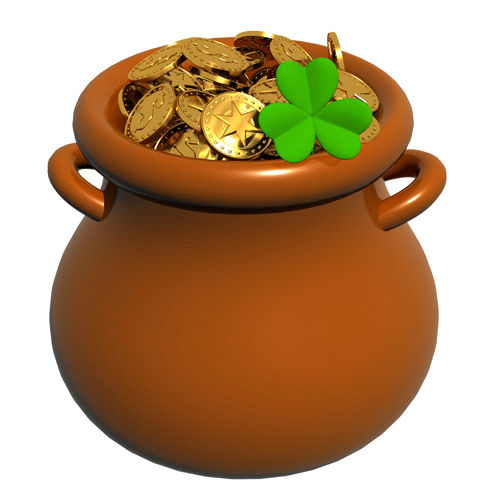 r.
r. - They often carry a walking stick called a shillelagh. (pronounced shill-lay-lee).
History and folklore
- The earliest known reference to the leprechaun is in the medieval tale the Echtra Fergus mac Léti (Adventure of Fergus son of Léti).[
- According to Yeats, the leprechaun, wear red jackets, but today's folklore has them in green. The leprechaun's jacket has seven rows of buttons with seven buttons to each row.
Leprechaun traps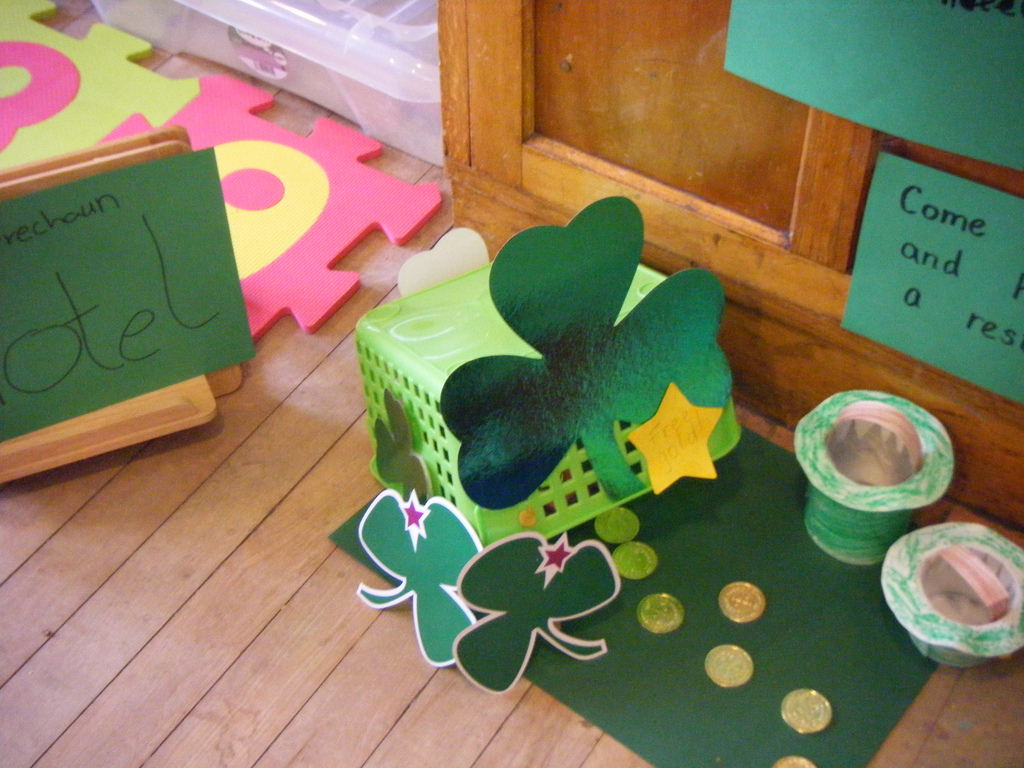
It is traditional on the eve of St. Patrick's day for children to set out traps to try to catch a leprechaun who may try to enter their house and cause mischief, usually by tipping things over. According to the tradition, one must believe leprechauns are real to trap one. If successfully trapped, the Leprechauns may grant three wishes. However, the leprechaun always escapes, but leaves behind some chocolate gold coins for the children. A box held up with a stick with some candy inside is a suitable trap.
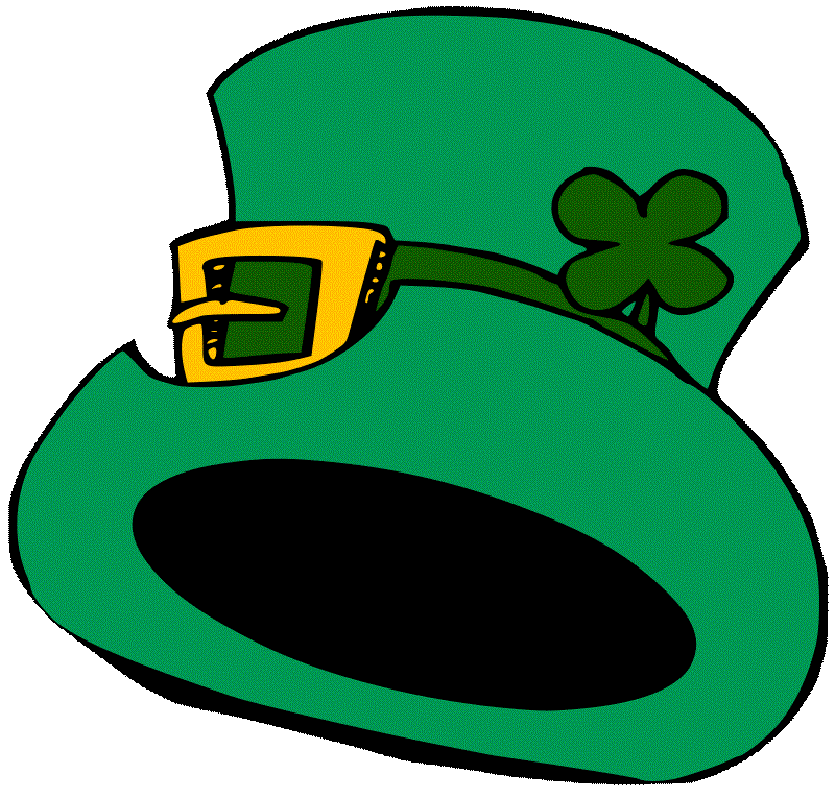 Trap
Contests
Trap
Contests
Some schools, pubs, websites and civic associations hold trap
contests, focused on kid creativity.
Other holidays and resources:
- Easter egg hunts - near you!
- Find local children's consignment sales
- Road tripping and camping tips, tricks and destinations
- Local Pick Your Own farms
- Environmental resources
- Consumer protection resources
- Farm markets and roadside stands
- Local fruit and vegetable festivals
- Local Honey
- Valentine's Day info and resources
- Local meats, milk, eggs
- Pumpkin patches
- Corn mazes
- Christmas Tree Farms & lots
- Traditional Green Plaid Kilt in Adult (men or women) Standard Size - Perfect for St. Patrick's Day and Irish Festivals & Celebration
- Womens Kilt Mini Skirt, Green Plaid
- Women's short kilt: Lucky Irish Green St. Patrick's Day Plaid Kilt, One Size
- Lingerie Lace Babydoll 2-Piece Sexy Bra and Panty Sets
- Green leprechaun hat and green beard on Amazon
- Perfect for St. Pat's Day: Beautiful Green Summer Pleated Spaghetti Strap Sleeveless Camisole Loose Fit Tank Tops for Women on Amazon
- Attractive, Classy, Sexy Women's Leprechaun Costume on Amazon
- Women's green Lingerie Lace Babydoll Chemise Halter Teddy Mesh Nightgown on Amazon
- St. Patrick's Day T-Shirt for Boys & Girls "Lucky Charmer" on Amazon
- St. Patrick’s Day Shamrock Green Velvet Top Hat for Men & Women on Amazon